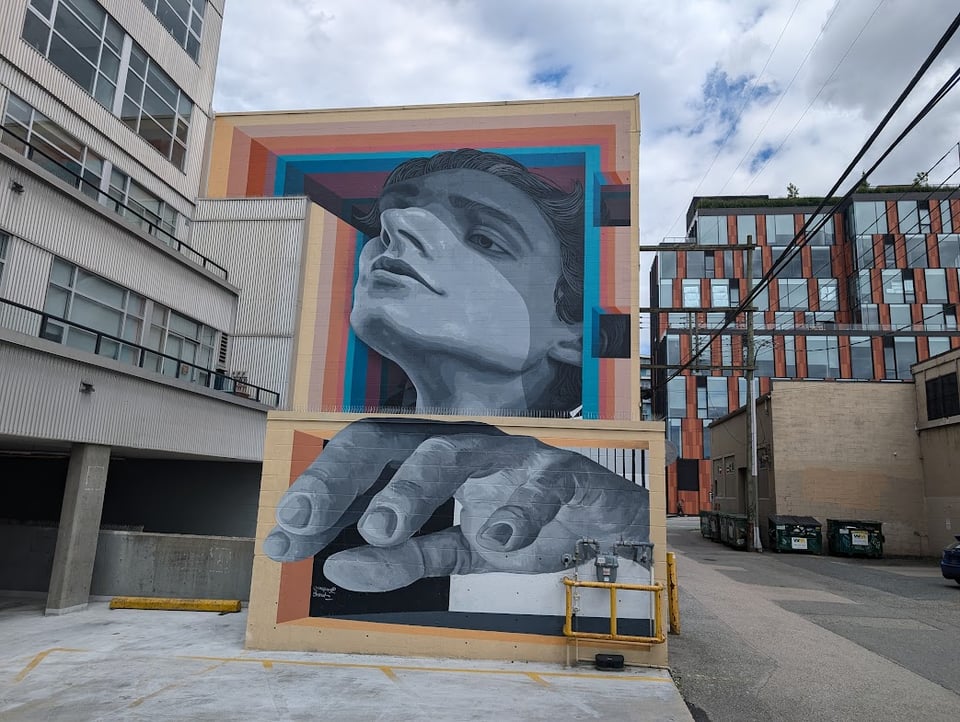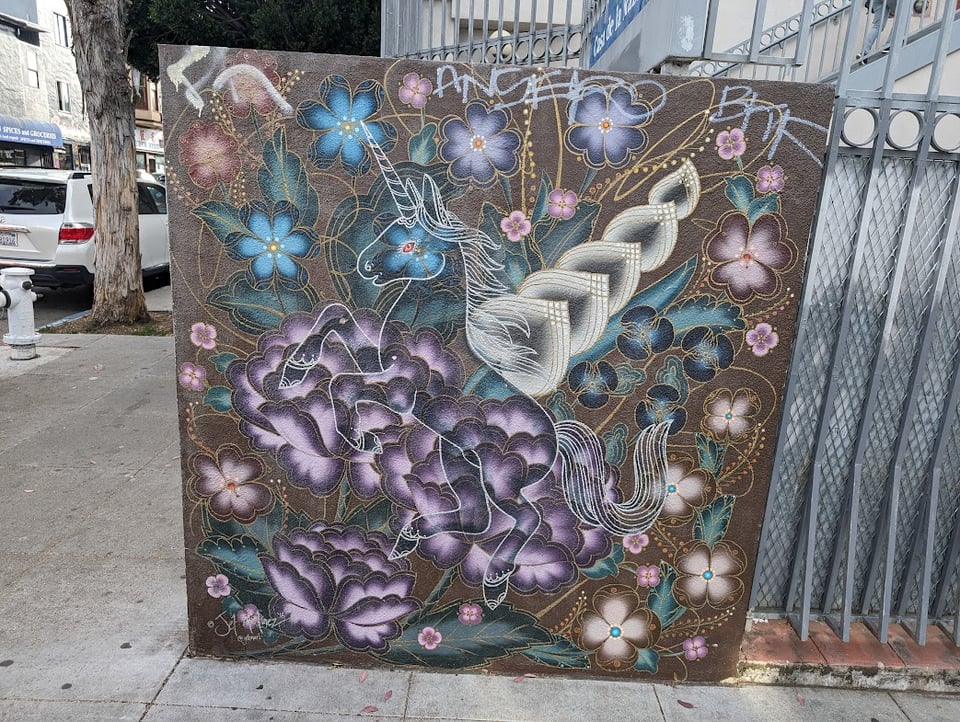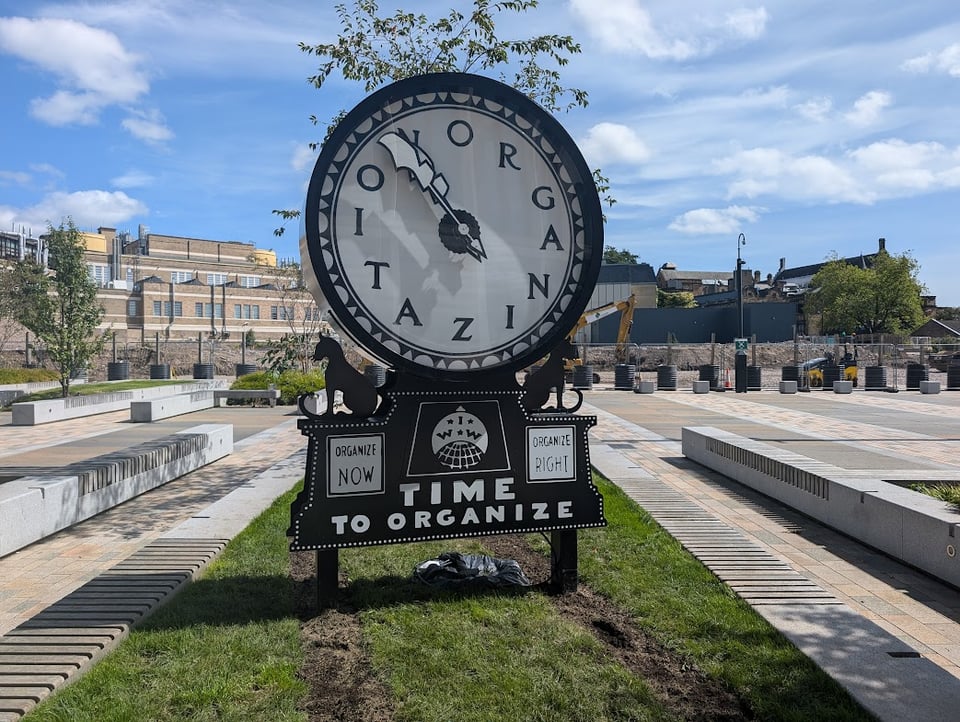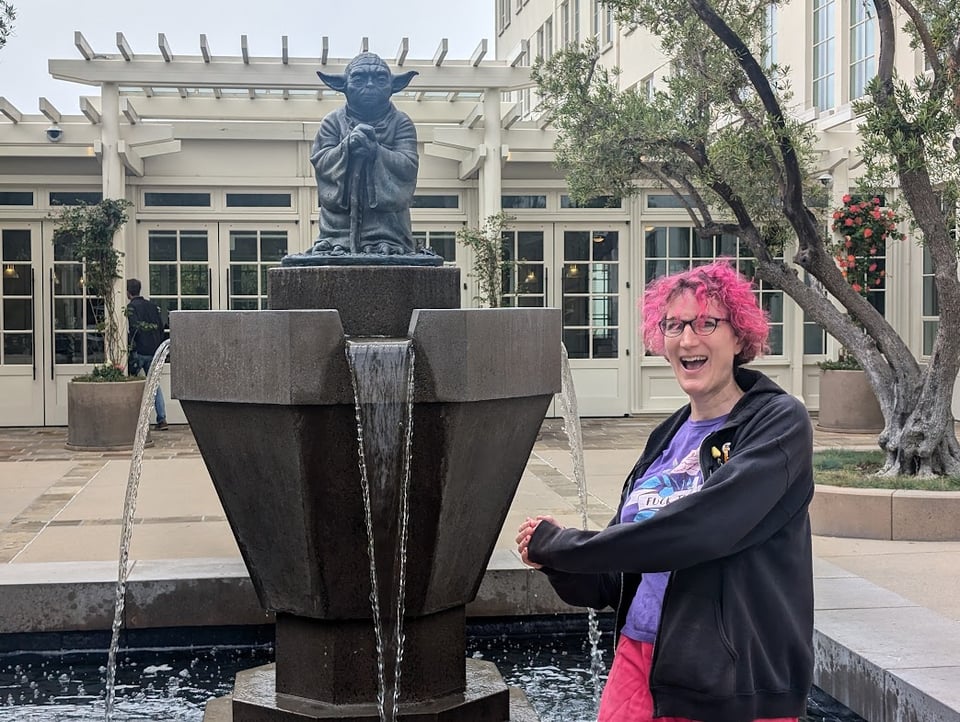Our Default Story Structure Is Literally Killing Us
If you’d be willing to spend a few bucks a month to subscribe to this free newsletter, then please do consider supporting me by pre-ordering my upcoming novel Lessons in Magic and Disaster. It’s gotten starred reviews from Library Journal and Kirkus! I’ve been so overjoyed by the early word of mouth. Lessons is a deeply heartfelt, kind story about healing, reconnecting with family, and learning to be honest with the people in your life. It’s about Jamie, a young PhD student who is also secretly a witch — Jamie decides to teach her grief-stricken mom how to do magic, and it gets complicated. Find out more, including the incredible rewards you can get for pre-ordering, here.
Maybe endless stories about escalating wars weren’t a great idea after all
Things get worse and worse until they become unbearable — at which point a great victory occurs, and then everything miraculously becomes wonderful.
That's sort of the go-to structure of the vast majority of stories we tell in mainstream American pop culture. The rising action of the story means that a problem slowly gets more and more dire, perhaps also spawning a host of associated smaller problems. At the start of the "third act," things reach a crisis in which everything appears to be headed for irreparable harm. Then, by some combination of luck and courage, the good guys win and the day is saved — and things often end up better than when they started, because we’ve come together or resolved some longstanding issues.

To be clear, I love this structure a lot. One time, I even made a list of my favorite "All Is Lost" moments from movies: the scary moment of apparent defeat, right before the heroes turn everything around in the third act.
I'm just not sure if this structure is good for us — because we really seem to believe that making things worse and worse will somehow result in a dramatic improvement, via some fantastic reversal. And meanwhile, we have a nasty habit of responding to trauma by inflicting more harm, and we somehow seem to believe that this will eventually make people happy.
At times, I wonder if this is one reason why people like romance stories so much. In a romance, the rising action is not so much a matter of “danger grows more dangerous,” but rather a process of two or more people becoming more deeply involved in each other's emotional lives. The crisis that signals we're near the end of the book is often some obstacle in the way of the protagonists' love, which we've seen coming but which has been a source of unease rather than a mounting drumbeat of peril. The resolution usually involves the protagonists overcoming the obstacle and as a result, growing closer than ever. I also feel like this might be a reason why people are so into cozy fiction lately, which similarly often features an obstacle working in the background which only becomes a real issue briefly toward the end.

One of my favorite scenes in my upcoming novel Lessons in Magic and Disaster happens about halfway through. The main character, Jamie, is it a bad place for various reasons —and then her worst student, Gavin, shows up to ask her how he can avoid writing a story that follows the usual formula. Jamie hates Gavin, but she still does her best to walk him through the problems with the traditional three-act structure, and some ways to avoid it.
Later in the book, Jamie begins to suspect that her own life is headed for a narrative climax — which it sort of is, I’m afraid — and she hates it. She resents deeply being trapped in the middle of rising action. She almost leaves and gets pancakes instead of dealing with the climax of the narrative. (Just to be clear, there's no breaking the fourth wall. She’s just hyper-aware of narrative tropes and knows when she’s living them. Also, the stakes stay small.)
My own favorite way to mess with story structure is to build in a lot of anti-climaxes and false climaxes. I like writing books where scary stuff happens and the characters are struggling with various obstacles — but I also don't want it to be obvious to the characters, or even the reader, that problems are mounting and that there's going to be one singular climax. So I often work pretty hard to set up climaxes that end up not happening, or that are real but ultimately minor. This feels more like the way things work in real life, where crises bubble up, simmer down, and sometimes appear to have been resolved for ages.
(See also my previous newsletter, where I talk about the notion that characters in a story should have “agency”. Plus my recent newsletter about conflict and stakes.)
I'm thinking about this stuff right now, because I feel as though everyone around me is severely messed up — myself included. And there's a certain amount of comfort to be found in seeing our situation in terms of a heroic structure that will ultimately reach a pinnacle. Hollywood and most authors have programmed us to think in terms of vanquishing evil, rather than the slow, unglamorous work of fixing messed-up systems — whereas the problems we’re facing right now are very clearly systemic. It’s also not great because we — and I very much include myself — have a tendency to externalize everything we're feeling, when some of it is just our own shit.

I’ve written a lot about trauma over the years: I did a ton of trauma research for The City in the Middle of the Night, and New Mutants: Lethal Legion is a lot about trauma too. But lately, I’ve been realizing just how much I thought of trauma as “jump scares” — as people being freaked out by reminders of an ordeal from the past. In real life, it turns out, trauma often feels a lot like… stress. It feels like exhaustion, like having no spoons, like a form of depression. I keep thinking about descriptions of people who survived the Great Depression and World War II, and how uptight and drained they seemed to anyone who hadn’t lived through those things.
In a way, it’s comforting to tell yourself “I’m stressed” when you’re actually freaked out, anxious, drained by hypervigilance, upset by reading about genocide and the ransacking of our institutions. You tend to be stressed when you’re solving problems and making progress. Getting shit done. Stress feels like you’re getting somewhere. It’s somewhat less comforting to realize that we’re all trapped in a collective nightmare that none of us can choose, individually, to wake up from.
Put another way, when I say, “I’m stressed,” that makes me the hero of a story that could have a triumphant ending. Whereas being traumatized and freaked out feels less “thrilling” and requires more self-awareness. It’s legit hard, for a lot of people right now. I feel like I’m seeing this everywhere: everyone is kind of wound up.
And so I keep thinking about the promise of Hollywood, that things getting worse and scarier will eventually lead to some kind of teal-and-yellow-soaked CGI triumph in which everything turns out great. I keep thinking this might not have been the best story to cling to.

The fact that we are facing deep rooted systemic fuckery is kind of the crucial point here. True, we’re up against some truly garbage humans, who are intent on wrecking everything out of greed and ego. And yet, this situation is the result of decades of terrible decisions that led to an entrenched class of super oligarchs. It’s the result of the unsustainable economic Jenga towers we erected, which require us to keep wrecking our planet to keep them from collapsing. It’s the result of the War on Terror, our surrender to paranoia, and the belief that carnage overseas means safety at home. Americans grew comfortable being an empire. Fixing any of this is going to require long, exhausting work.
I've been comforting myself lately by reflecting that the culture war is now at the center of our politics — which means that those of us who write and make art are on the front lines! What we do matters. We have the ability to do some good by writing uncompromising queer art. We know we’re doing something worthwhile, because some of the most horrible people in the world are desperate to silence us.
But.
If it's a culture war, then there has to be a winner and a loser. There must be battles and campaigns and an eventual crescendo, in which one side utterly crushes the other. And anyone who’s been watching the culture war over the past decade knows that’s not what’s going on — instead, it’s more like a war of attrition, in which endless fake controversies exhaust all of us.
So what if, while the shitheads fight a culture war, we have a culture movement? What if we throw a culture party? What if we joyfully create culture that strengthens our own hearts and and gives us courage while gradually changing how everyone sees the world? What if we make a world where art is indistinguishable for mutual aid and community-building? What if we imagine better structures to replace the terrible ones we want to tear down?
Don't get me wrong: I know we have to fight. I also know that fighting takes many forms, and that life is not a tentpole movie. It took decades to get us into this situation; it might take decades to get us out again. So I'm increasingly skeptical about the whole idea of the narrative climax, and increasingly leery of conventional story structure in general. I'm going to keep working on making my stories messier. I invite you all to join me in my storytelling pigpen!